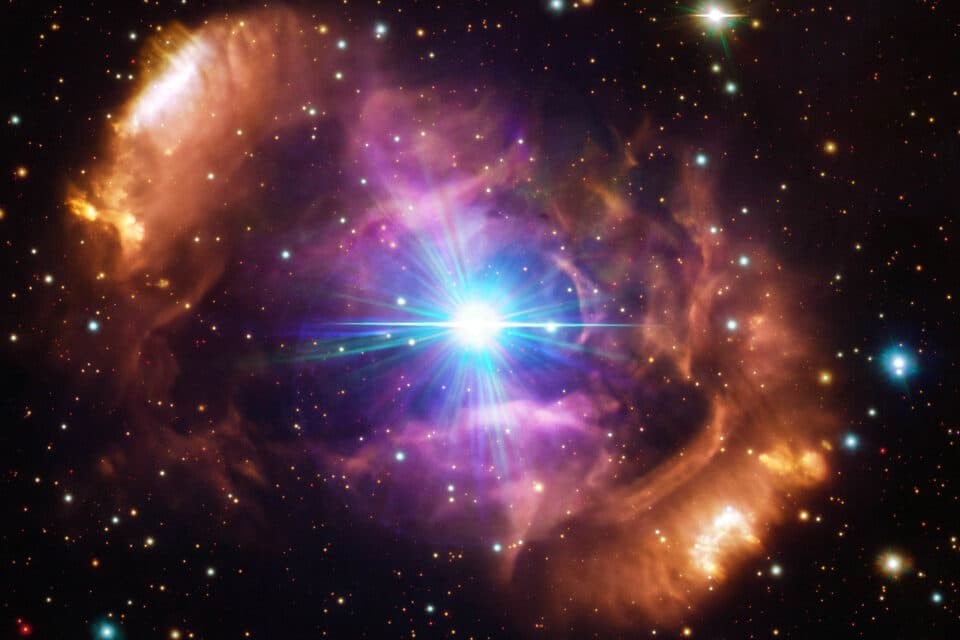





Source: Earth.com
Disclaimer: Copyright infringement not intended.
Context
Details
Formation and Structure
Scientific Significance
About Nebulae
Structure:
Types of Nebulae:
Formation Processes:
Significance:
Sources:
|
PRACTICE QUESTION Q. Discuss the significance of nebulae in understanding the cosmos and their role in stellar evolution. Examine how advancements in observational techniques and technological innovations have enhanced our understanding of nebulae, with a focus on recent discoveries and their implications for astrophysics. (250 Words) |






© 2025 iasgyan. All right reserved